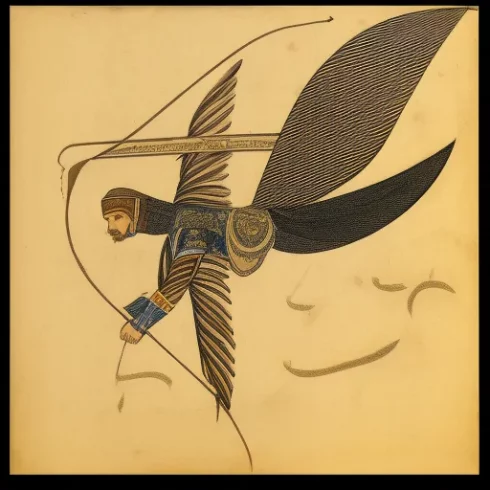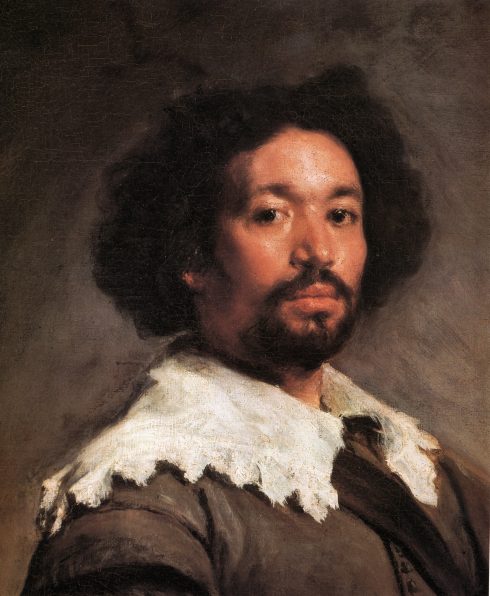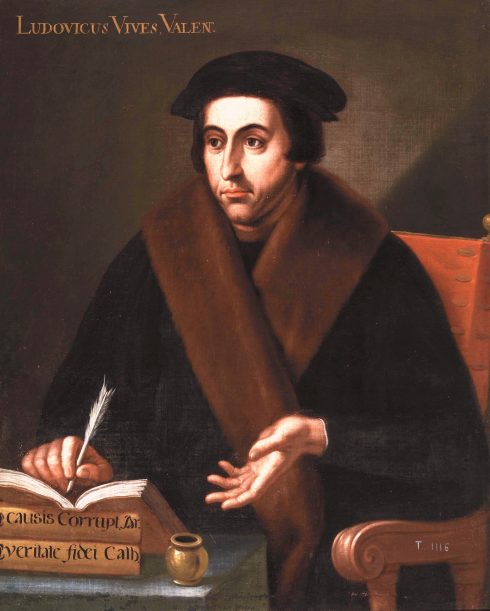She portrayed herself as nobility from a long Moorish/Andalucian bloodline. Yet birth records indicate she was 100% Irish, born in County Sligo to “common stock”. She claimed her name was Maria Dolores (“Lola”) Montez, but her birth certificate states her official name as Eliza Gilbert.
She was considered to be breathtakingly beautiful, intelligent, courageous and above all, independent. Others considered her as egocentric, manipulative and temperamental to the extreme.
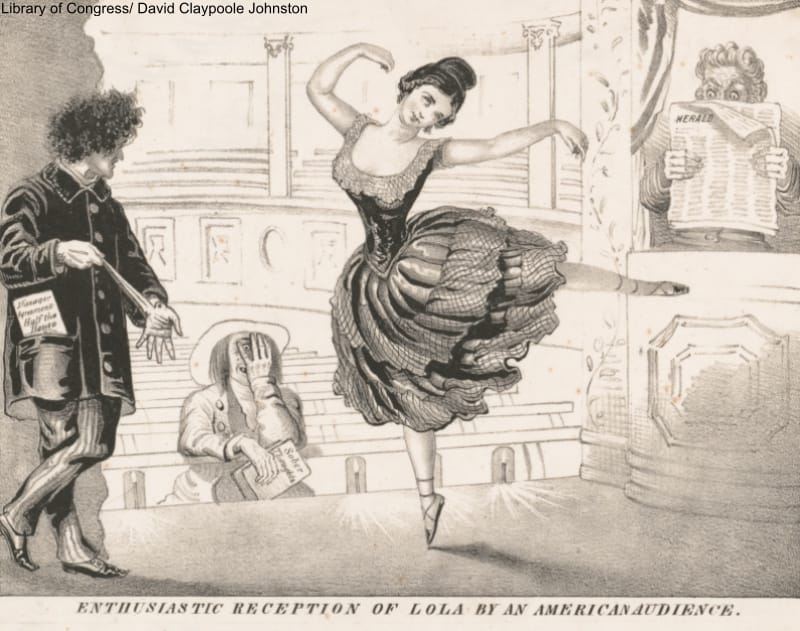
She was known to the public as a lustful dancer, but behind the curtain, she was a political force who mingled with European monarchs, artists and intellectuals. To be sure, her life was full of contradictions, but she possessed one trait that nearly everyone could agree upon: She was a charismatic seductress of the highest order. Meet Eliza Gilbert…a.k.a. Lola Montez .
Eliza’s mother described her daughter as “fanciful, wayward, and given to fibbing”. One school teacher recalled Eliza’s “beautiful countenance” with a “habitual expression of indomitable self-will”. Young Eliza courted scandal from an early age. She eloped as a teenager and not surprisingly her marriage didn’t last.
Her much older husband was able to win a judicial divorce on grounds of Eliza’s adulterous behavior. At 20, she was a “woman with a past”. With her reputation in tatters, she fled to Cadiz, Spain in an attempt to reinvent herself. She studied Spanish dance, customs and language. Knowing full well that Spanish culture was very much in fashion in Victorian London, she decided to return to England to launch her new career as: “Lola Montez -The Spanish Dancer”.
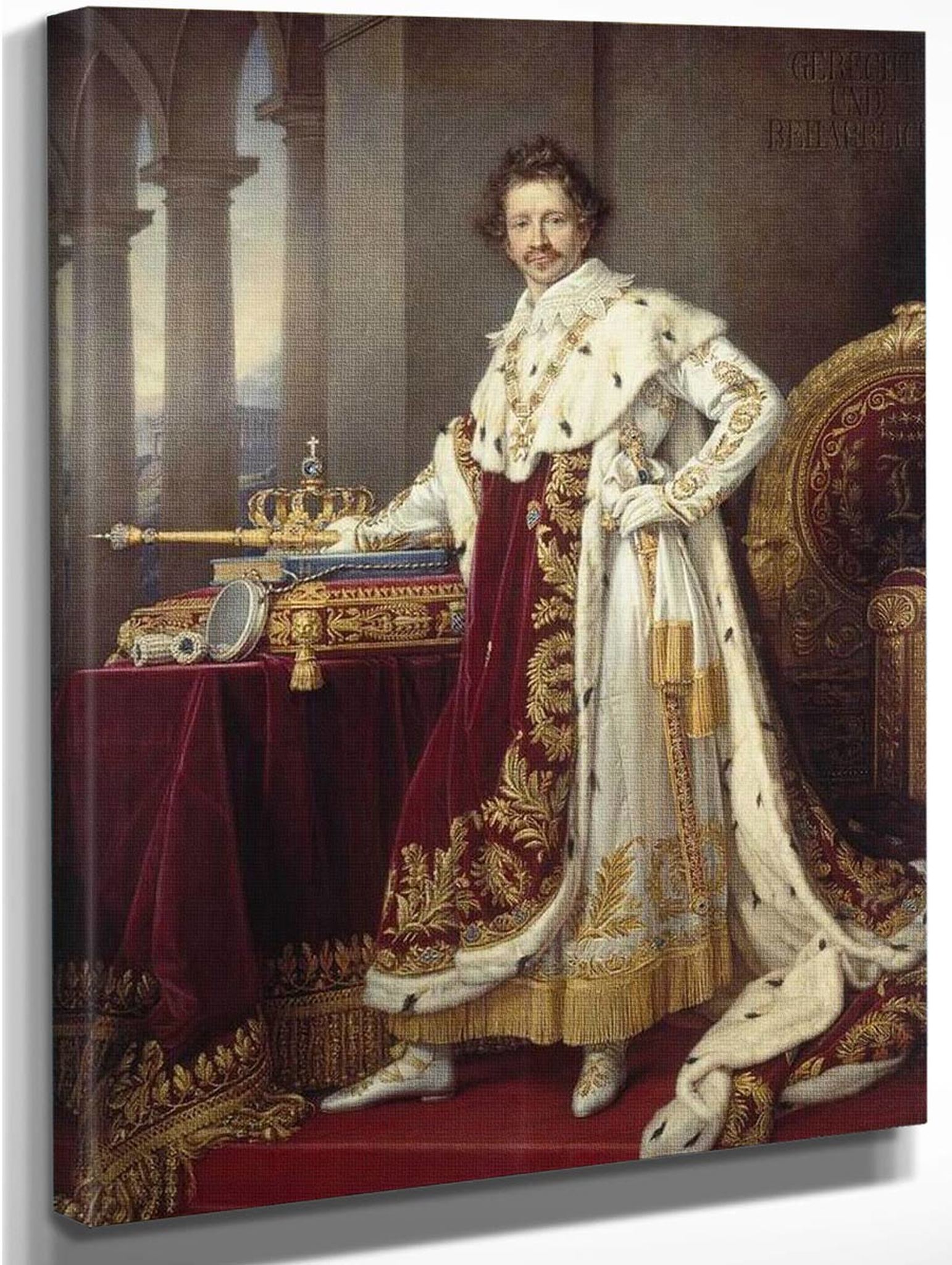
Eliza, now known as “Lola”, booked passage on a ship to Southampton. There, she met The Earl of Malmesbury—a prominent nobleman and a generous art patron. Immediately charmed by Lola’s magnetic personality, the Earl used his influence to book her dancing debut at Her Majesty’s Theatre in London. He would later write that he was among the first to be ‘‘duped by the beautiful and wily Lola Montez”. Her behavior later in life would suggest that it would have been unusual for Lola not to have traded sexual favours with the Earl.
Her performances were unlike anything the London audiences had ever seen: “The Spaniard dances with the body, the lips, the eyes, the head, the neck, the heart …. her dance IS Spanish passion” wrote London’s Morning Post. Her tour-de-force was a routine which became known as The Spider Dance. With her head thrown back, eyes flashing and fluid burlesque like abandon, Lola mimed the crushing of spiders that had invaded her undergarments. She did not leave much to the imagination as she often did not wear her bloomers.
Audiences were enthralled. But her run on the British stage was short-lived. She was recognized as the former Eliza Gilbert and booed off stage. Exposed in the press as a fraud, she fled to the Continent. Europe had not seen anything or anyone like Ms. Montez. Lola was outrageous in ways that were beyond beauty and sexuality. She had enormous appeal and powers of seduction. Her Spider Dance garnered the attention (both positive and negative) of kings, the press, artists, theatre managers and most importantly the public. It was her roll-call of lovers however which vaulted this “tigress persona” to international celebrity.
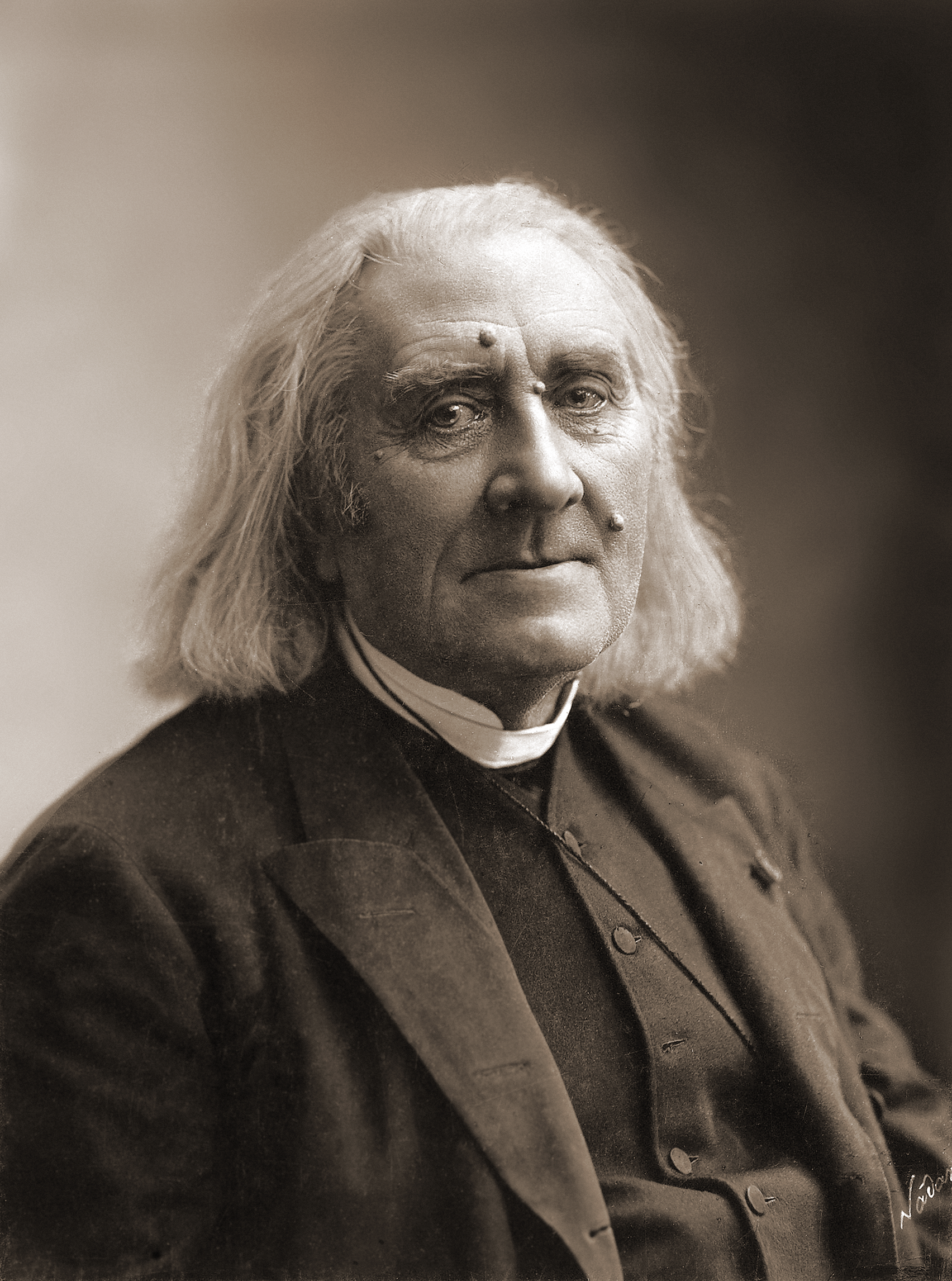
In Paris she met composer Franz Liszt. His concert tours attracted wildly enthusiastic audiences and royalty throughout Europe. Lola, with her immense power of seduction, initiated a very public love affair which would deeply affect Liszt’s music compositions and his personal life. The composer was so infatuated with her that he would write glowing letters of recommendations that opened the doors for her in music venues throughout Europe.
In Paris (post-Liszt) she frequented the fashionable high-society salons where she befriended the city’s most popular literary bohemians. There she won the confidence of novelist Alexandre Dumas—a social dynamo in Paris with a unique status among Parisian high society. He would later write the classics: The Count of Monte Cristo and The Three Musketeers. Their romantic dalliance was legend but short-lived.
Lola made friends easily-especially among journalists and wealthy men. Alex Dujarier was both. He was the drama critic and owner of La Presse -France’s most widely-read newspaper. Dujarier was swept away by the fearless and lighthearted spirit of Lola’s personality. They too became lovers, but it didn’t end well for young Alex. When one Parisian art patron criticized Lola’s dance routine, Alex challenged the man to a pistol duel. Dujarier was shot and killed. He died in Lola’s arms.
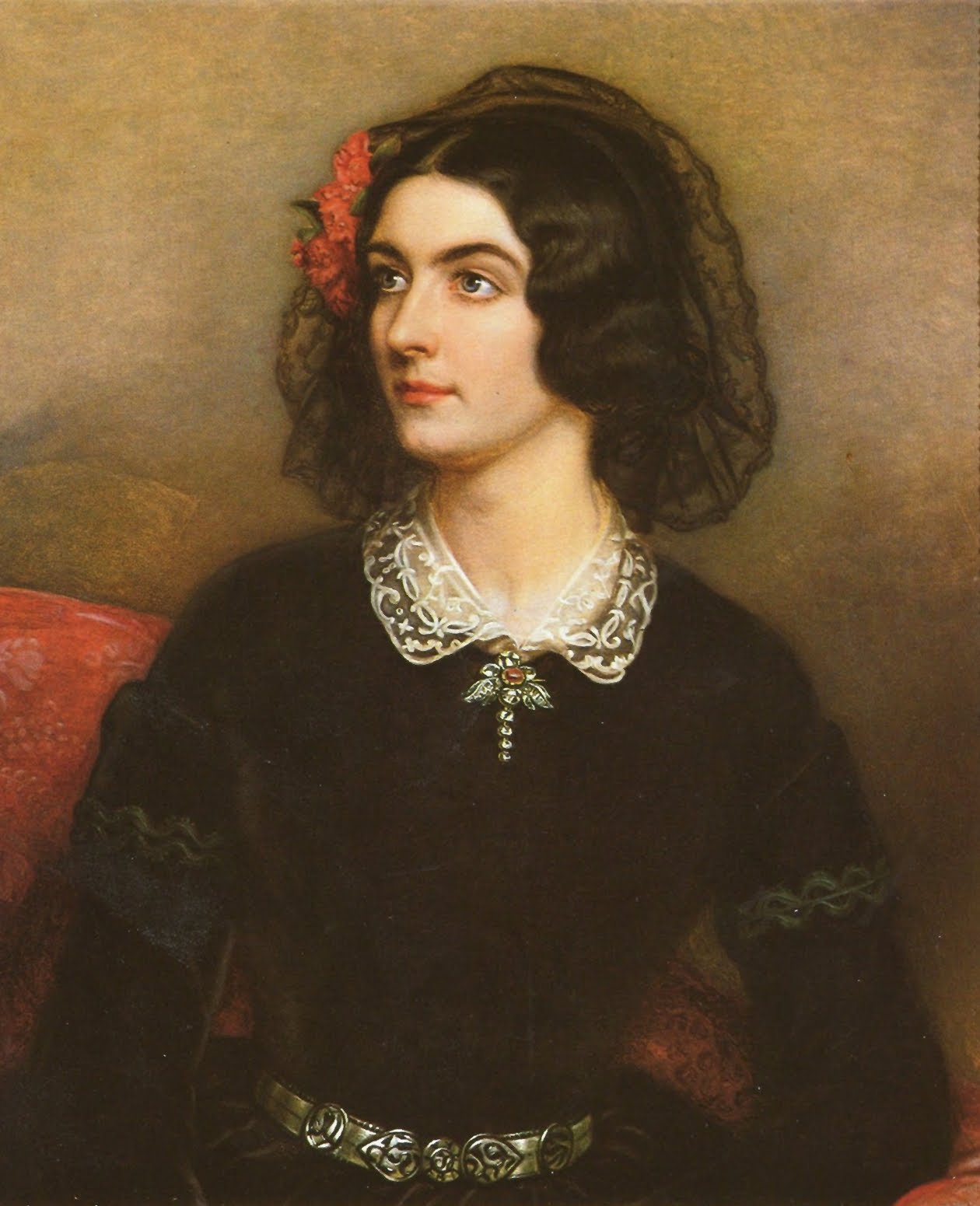
Lola moved on to Munich where she captured the heart of Bavarian King Ludwig I. Ludwig was an eccentric monarch and notorious ladies’ man. Upon meeting Lola, he stood motionless, and gazing upon her enormous appeal, he is said to have become truly bewitched by the 61-year-old monarch became obsessed with the 21-year-old dancer. In a short time, Lola became a royal mistress, lavished with jewels, a pension and a small palace. Ludwig crowed her “The Countess of Landsfeld”.
Over time however, Lola did little to gratiate herself to the King’s subjects. Lola was discourteous to the queen. She flaunted her questionable morals, had a disdain for etiquette and insulted her audiences. When she started meddling in Bavarian politics it became too much for the locals. There were riots replete with arson and physical violence. The lords of Bavaria, by royal decree, revoked Lola’s rights and demanded she leave the country. Ludwig protested claiming: “I would rather lose my Crown!” He got his wish. King Ludwig I was forced to abdicate giving up his crown. Lola once again was seductive in ways which often ruined some of the most influential men in Europe.
Once again , Lola was forced to flee the country. She headed across the Atlantic where she toured the United States and later Australia. However, as her beauty began to fade, her dance routine became less “art’’ and more “stripper burlesque.” She would find religion, tried lecturing and writing a book, none of which resulted in much distinction. Sadly, Lola died in New York on January 17 1861 when she was just 39 years old.
It would be easy to write off Lola as a scheming high priced prostitute. It would not be a stretch to moralize that her life was a display of egotism and vanity. It would be easy to make the case that she used sexual manipulation to run roughshod over everyone around her. Yet in a way, Lola was an example of allure, intelligence, daring and forceful will that challenged the constricted roles allowed to women in the Victorian Age.
She had the uncanny ability to charm some of the most powerful and influential men in Europe that could further her aspirations. She fought to free her own life from society’s prejudices and restrictions. Lola achieved fame and success (such as it was) on her own terms. Lola knew exactly what she was doing. We don’t have to like her life to admire her life.
In her book, The Arts of Beauty, she best summed up her life’s philosophy:
“To all Men and Women of every land
Who are not afraid of Themselves
Who trust so much in their own souls that
They dare to stand up in the might of their
Own individuality
To meet the tidal currents of the world.”
R.I.P. Lola
Click here to read more La Cultura News from The Olive Press.


